Step 4
Public Engagement and Communication

This is about planning how, where, and when we can communicate with the public in effective ways that are transparent, inclusive, and encourage participation. It is crucial the public is given the information they need at the right time and place.
The communication towards the public and crafting your messages is crucial to inform citizens you are following legal procedures and ethical policies that respect their privacy. The communication gives them the option to explore your project, contribute, participate, or complain.
Questions
Now that you have made your decisions about the Legal, Technical and Spatial aspects of your sensing project you are ready to think about how you will communicate to the public. Among several considerations you should first ask yourself:
Where and how can I communicate in transparent ways to inform people about my project?
Can I create opportunities to involve citizens and help improve public spaces?
How can I use data to advise the public rather than control?
Resources
Communication and Public Engagement are all about making information available at the right place and time to help engage citizens in meaningful ways. Every project is different so we have provided various approaches and examples:
Signage and Registry
Stakeholder Workshop
Community Engagement
Information Points
Talks, Tours and Workshops
Video Library
Visit the video library for expert interviews and advice about how to communicate your project and engage the public.
In this section we’ll be speaking with the expert:
Mark Wiebes – Chief Innovation Officer Dutch Police
4.1 Questions
At this point you have gone through the previous steps and hopefully have gone in depth about what you are doing, why, how, when and where now you really need to consider with whom in your communication plans and consider the following:
- Do you have a basic communication strategy (i.e. press release, website, etc.)?
- When and where do you display information in physical and digital spaces?
- How will you deal with questions from the public and escalation paths?
- Have you considered your audience in your messaging for a comprehensive FAQ?
- There are no cookies in public spaces, what is the opt out form factor for your project?
- Do you have the proper signs and notices? Normally legal compliance in this respect is specific to a given location.
- Data plus dialogue. How can you leverage the data you are generating to engage the public in a productive way?
- Have you thought about visualizing your data and getting people involved in your projects?
- Do your communication and participation initiatives reach the right target audience?
4.2 Public Engagement and Communication Examples
Camera Signage and Registry
Different cities have different rules and regulations about where and how to display information about sensors in public spaces as well as with what governing body to register these devices. For example, In Amsterdam it is obligatory to register cameras and sensors that are being used in public spaces with the IoT registry. The information is displayed on an interactive map that is accessible to the public.
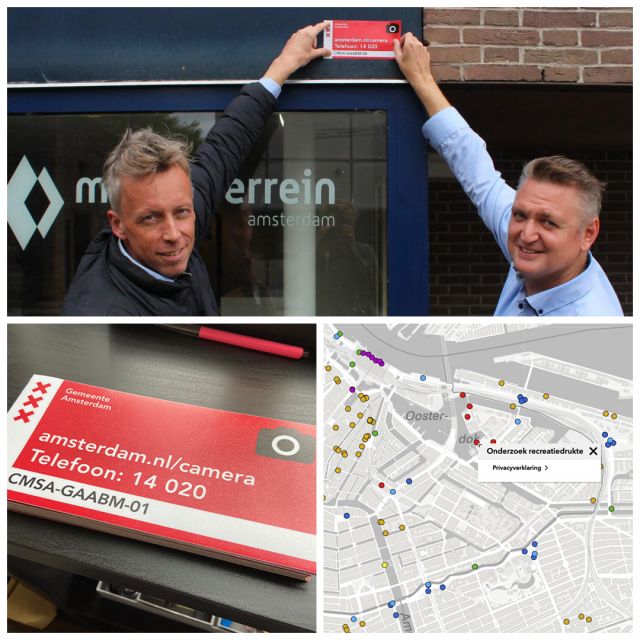
Stakeholder Workshop
We highly recommend that you hold a stakeholder workshop to think about the various whats, hows, whys, when and with whom you should communicate. Again it’s important to be transparent and inclusive not only to inform the public but to do so in ways that show you are respecting their privacy. A good communication strategy that will not only inform but involve the public will have a good ethical framework at its core.
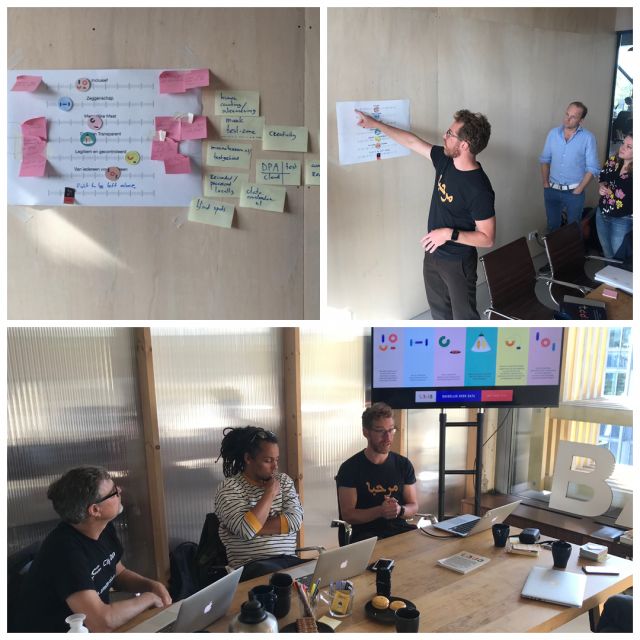
Community Engagement
Every step of the way you need to consider the public’s needs and sensibilities. Every expert we have interviewed and every partner who has contributed to this Toolkit emphasises the importance of engaging the public throughout a sensing project but this is not easy. One of the biggest challenges is involving a diverse and representative group of people rather than only the usual suspects.
One very good example of what is being done here in Amsterdam is City Lab, a project that encourages citizens to contribute ideas and discuss a social theme in the public spaces we are trying to improve.
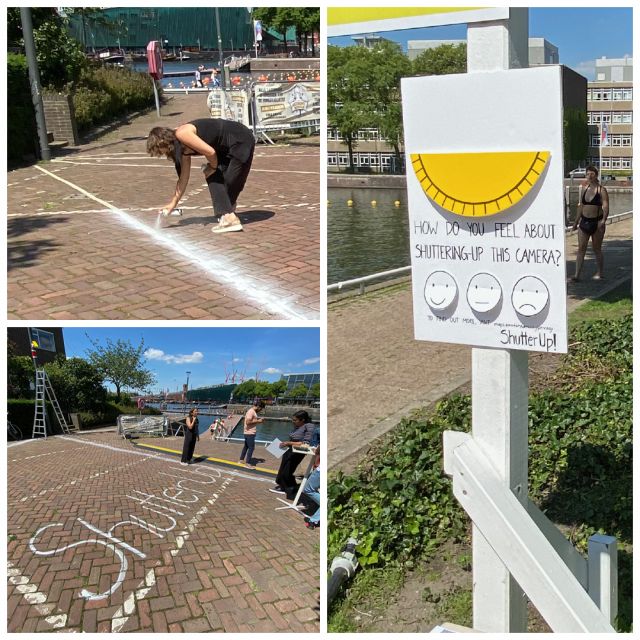
Information Points
Creating opportunities to communicate and engage with the public at the right place and right time will be crucial to the success of your project. Not only about what you are doing in public spaces and why in an appropriate location specific way but also to guide their journey to participation.
At the Marineterrein Living Lab in Amsterdam there are many information points with QR Codes that point citizens to a website where they can learn more about the various projects and how to get involved.
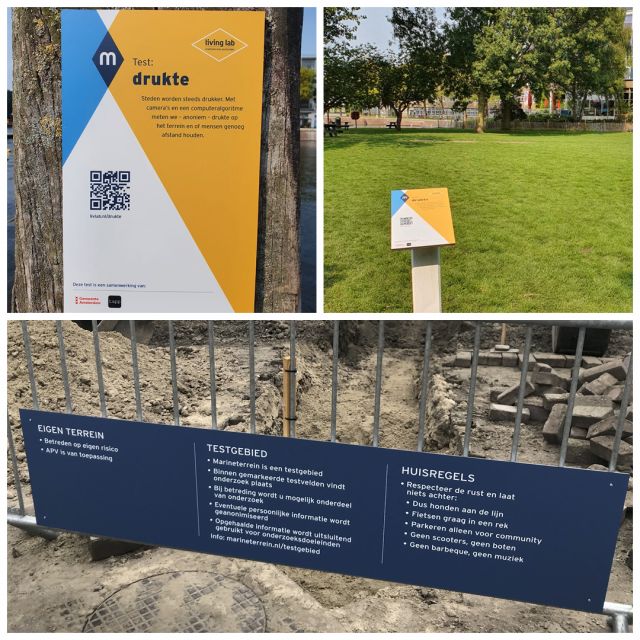
Talks, Tours, and Workshops
We like to say: seeing is believing. CITIXL, Amsterdam Smart City, and Bureau Marineterrein provide hundreds of tours a year to delegations from around the world. There are several organisations active all over the city that hold Meetups and provide workshops to stimulate open healthy debate about what is going on in our city and this can effectively cross the bridge between the city and the citizen regardless of the nature of your project. We encourage you to explore the possibilities with your sensing project in your city and reach out to the public before, during, and after your project. A great example is how Amsterdam Smart City offers tours to visitors and delegations.
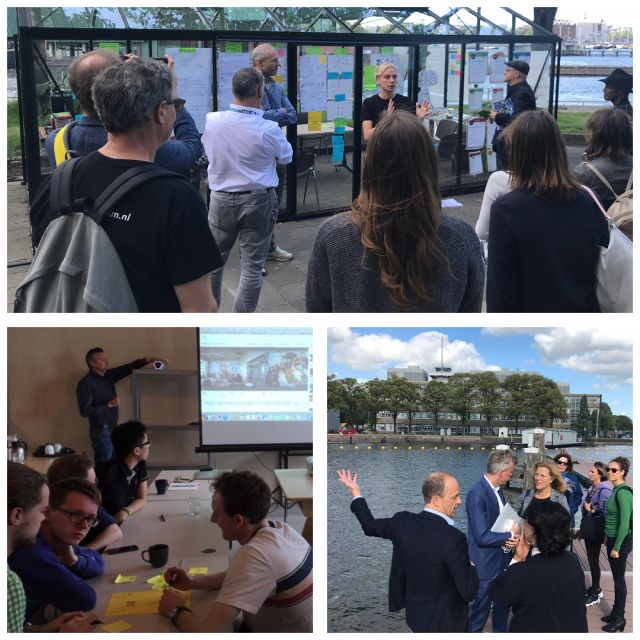
4.3 Video Library
The expert interviews are a quick way for you to get some great advice. Before moving on to Step 5 of the Toolkit, please take a few minutes to learn from personal experience and insights that will help you think about Public Engagement and Communication for your sensing project.
All expert interviews ask these three questions:
What are the biggest challenges while deploying sensing projects in public spaces?
What are some approaches to address these challenges?
What advice can you give innovators thinking about using sensing technolgy?
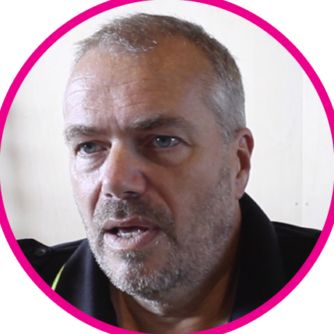
Mark Wiebes
Chief Innovation Officer, Dutch Police
Mark reminds us that we need to serve the public. We should make designs in transparent ways and so people can see what happens with their data. Advising rather than controlling the public in creative ways that combine design and communication is an important challenge.
You have finished Step 4 of the six steps of the Toolkit.
Responsible Sensing Toolkit Workshop Trial
As you can see this whole process is quite complex. Even as a municipal innovator with experience in sensing projects it can be difficult to implement these tools on your own.
If you need help, sign up for our Responsible Sensing Toolkit Workshop Trial. This workshop (Workshop 1) will help you and your team to identify your dilemmas with the Decision Canvas as a guide. The Workshop Trial takes only one hour and helps you to set up a clear roadmap to a responsible and ethical sensing project. In particular cases this workshop is free of charge.
Please check out our workshops or contact Sam Smits.
